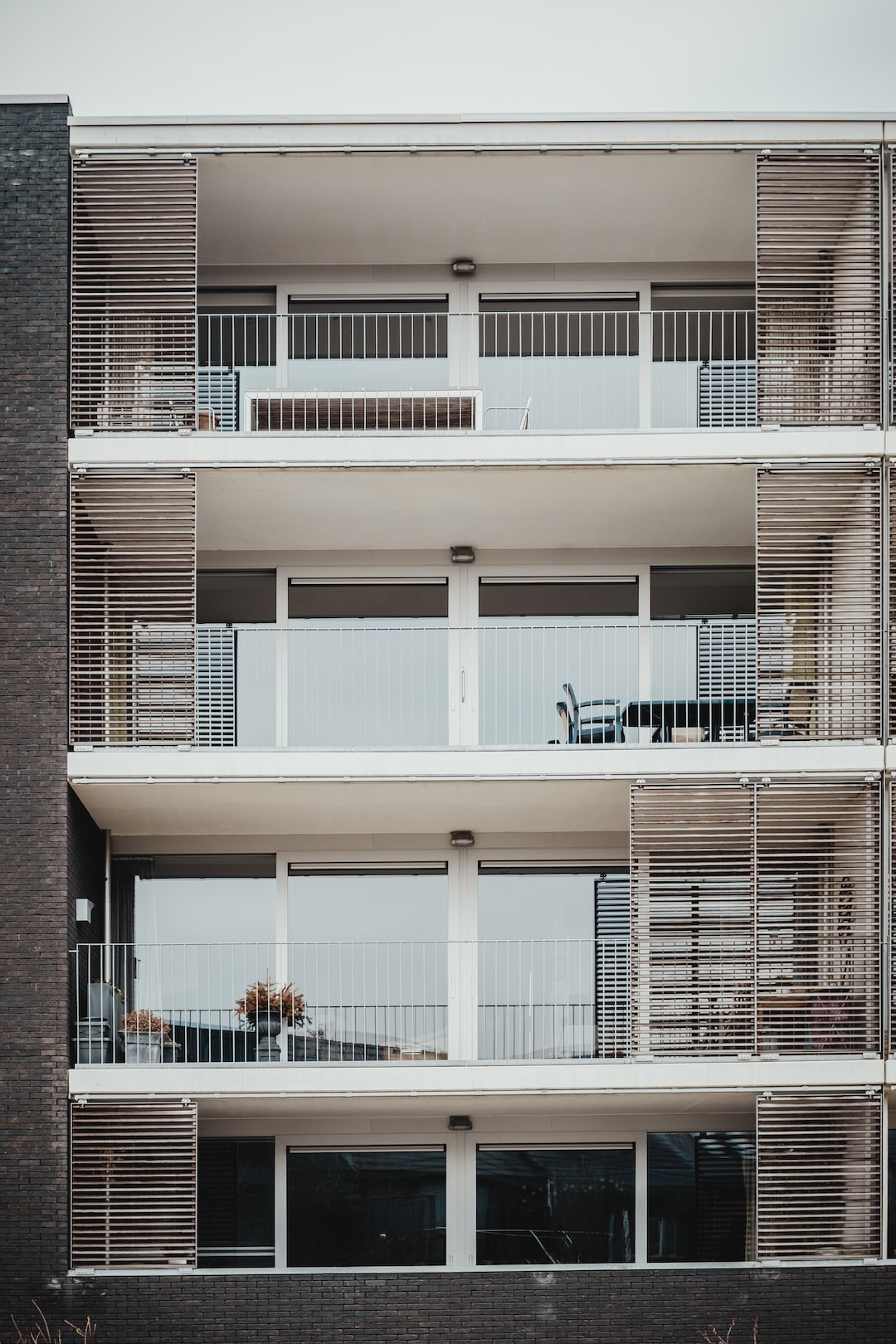Living in a gated community has become increasingly popular in recent years. These types of residential areas are often considered to be prestigious and offer a sense of security and exclusivity. However, like all things in life, there are pros and cons to living in a gated community.
One of the major benefits of living in a gated community is the enhanced security it provides. Gated communities are typically equipped with security measures such as CCTV cameras, security guards, and controlled access points. These measures create a secure environment, giving residents peace of mind and a feeling of safety. It also acts as a deterrent for potential criminals, making gated communities less prone to break-ins and theft.
Another advantage of living in a gated community is the sense of community it fosters. These neighborhoods often have well-maintained common areas such as parks, playgrounds, and communal gardens, making it easier for residents to socialize and build relationships. Gated communities also frequently organize community events like barbecues, sports tournaments, and holiday celebrations, allowing residents to connect and interact with their neighbors. The cohesive environment that these communities provide can enhance the quality of life and create a strong sense of belonging.
Gated communities also tend to have better-maintained amenities and infrastructure. Since residents pay homeowner association fees, the funds are often used to maintain and improve the common areas, roads, and facilities within the community. This results in well-manicured landscaping, clean streets, and well-functioning amenities such as swimming pools, gyms, and tennis courts. Living in a gated community can feel like residing in a luxurious resort with access to top-notch facilities.
However, living in a gated community is not without its drawbacks. One of the primary concerns is the cost. Gated communities often have higher property prices and homeowners association fees compared to non-gated communities. This can be a significant financial commitment for homeowners, especially if they are on a tight budget. Additionally, some residents may find the strict rules and regulations imposed by homeowner associations restrictive and limiting. These rules can dictate anything from the color of the exterior paint to the types of plants allowed in the front yard. While these rules are intended to maintain a certain standard and aesthetic, they may affect an individual’s freedom and creativity in personalizing their living space.
Another drawback of living in a gated community is the potential lack of diversity. These neighborhoods often attract a specific demographic, such as upper-middle-class families or retirees. This homogeneity can result in a lack of cultural or socioeconomic diversity, limiting exposure to different perspectives and experiences. Additionally, some people may find the exclusivity and elitism associated with gated communities off-putting, and prefer a more inclusive and diverse community.
In conclusion, living in a gated community offers numerous benefits such as increased security, a sense of community, and well-maintained amenities. However, the drawbacks such as the cost, restrictive rules, and lack of diversity should be carefully considered before making the decision to move into one. Ultimately, it boils down to personal preferences and priorities.

